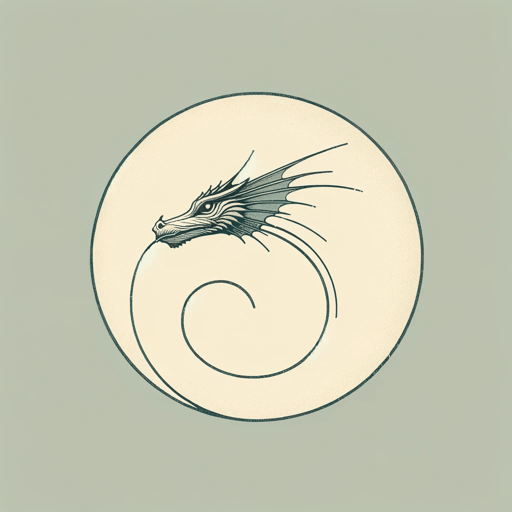82 pages • 2 hours read
John GardnerGrendel
Fiction | Novel | Adult | Published in 1971A modern alternative to SparkNotes and CliffsNotes, SuperSummary offers high-quality Study Guides with detailed chapter summaries and analysis of major themes, characters, and more. For select classroom titles, we also provide Teaching Guides with discussion and quiz questions to prompt student engagement.
Symbols & Motifs
Heroes and Monsters
The motif of heroes and monsters enhances the novel’s mythic quality, despite the fact that the protagonist speaks in contemporary, sometimes academic language about heady matters like art, truth, and the nature of time. No matter the narrative, for heroes to exist, they must have monsters to defeat, and the novel invites readers to consider the possibility that monsters, in fact, can be heroic and humans can, in turn, behave monstrously.
The human facets of Grendel’s character weave throughout the novel as a motif that emphasizes how any individual, hero or monster, can experience the human condition. Though he is a monster, Grendel experiences the deeply human emotions of anger and hatred as well as love and pity. His humanity is further reflected in his ability to experience vengefulness as well the disastrous effects of psychological trauma and ignorance. The novel gives him, a monster hated for his terrifying power and bloodthirst, human qualities that call into question what it means, in a broader sense, to be human.
Grendel’s role in the novel as an anti-hero—a protagonist who lacks typically heroic characteristics—emphasizes this question of the human condition. As he is the main character, readers can access his thoughts and feelings most easily.


